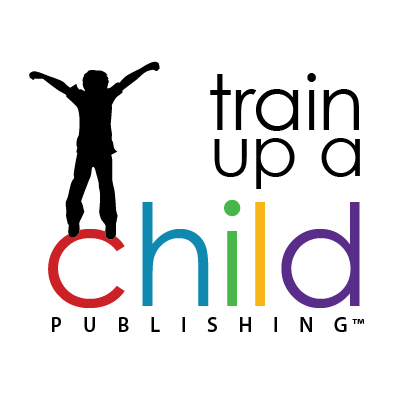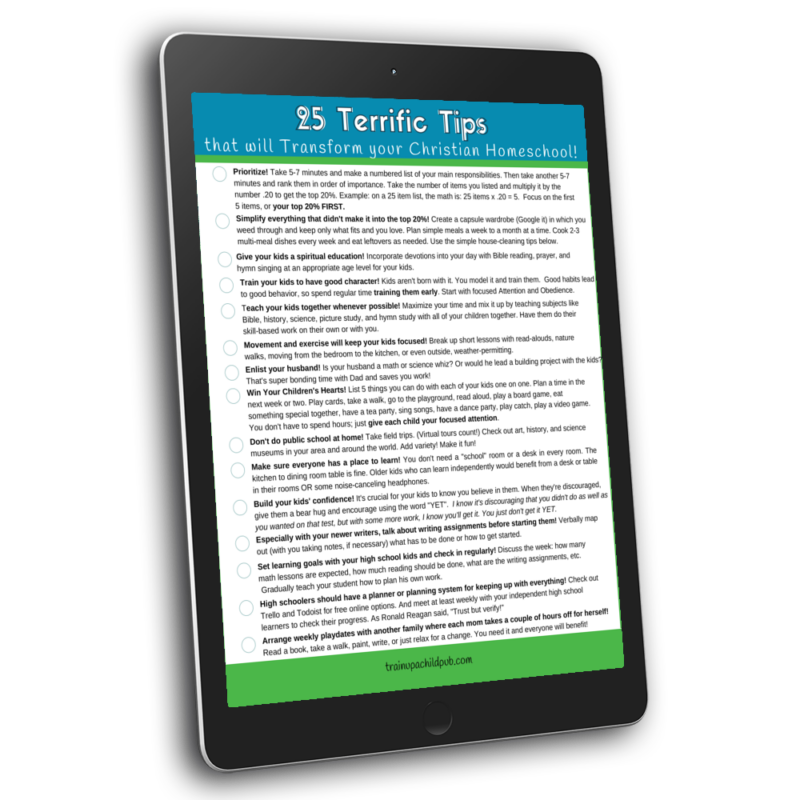Drop the busywork! Notebooking makes learning stick. Here’s how.
If you want to bring your kids’ education to life while still having time to take care of your other responsibilities, you need to make sure that everything you do gives you results. You want every activity, every lesson you teach, and every book your kids read to impact your kids. To actually teach them something. Rather than just fill up their time. One way to help make that happen is through notebooking.
Editor’s Note: there are affiliate links included in this post to books and products we read and used in our homeschooling and loved. Should you purchase anything using one of these affiliate links, we might make a commission on your purchase at no additional cost to you. But you’ll have our thanks for helping to support us.
Sometimes, though, we look at schoolwork as something to keep them busy. Something to keep the kids occupied so we can get something else done. We give our kids worksheets to repetitively practice a task like grammar or writing skills. They’re easy and don’t take much effort from you, right? Just hand them to your kids and go get your dinner prep done.
And Momma, I see you. There are a lot of hats to wear in homeschool life, and it can be overwhelming. But unfortunately, worksheets are mainly busy work. My kids could do worksheets all day long and then promptly forget what they had just “learned” when it came to their actual writing. What they “learned” from worksheets, didn’t stick.
Occupy your kids more effectively with notebooking
But what if you could use something that would still occupy your kids but actually be teaching them something? What if you could use already-made notebooking pages to provide the same sort of prompts as worksheets, but help your kids practice thinking and writing about something?
We all know that reading or talking about something and then writing about it helps your children to learn. So wouldn’t notebooking be a better use of your kids’ time than worksheets?
What exactly is notebooking, you ask?
In contrast to worksheets, notebooking is an organized way to group and store information, artwork, copywork, students’ thoughts, timelines, drawings, and more on one topic. A notebook ends up being something between a scrapbook and a journal. Especially if your child is enjoying learning about something. And while worksheets have no outlet or place for a student to add his thoughts or display his creativity, notebooking pages are perfect for both.
Think of a notebook as an educational scrapbook. A three-ringed binder works well for this. And you can take almost any subject, interest, or hobby and turn it into an opportunity to notebook.
Your kids can make notebooks about almost anything you are learning about or they are interested in:
- The United States Presidents, the U.S. Government, or your country’s government/leaders
- A country or continent, such as Japan or Africa
- Insects, horses, magnetism, or Creation Science
- Any people group, such as the Ancient Greeks, the Maori, or the Somalis
- A meaty book, such as Les Miserables
- The history of guitar
- Composers or artists and their works
Are you starting to see how applicable notebooking might be in your homeschool?
For example, let’s say you’re studying Colonial American History. Your student could create a notebook and include almost anything pertaining to that time period, especially if you are using a literature-based homeschool curriculum, such as our Unit Program Tools.

Your Child’s Early American history notebooking might include…
- reading notes or narrations from excellent literature about this time period, such as Eric Sloane’s Diary of an Early American Boy
- already-made notebooking pages on important people during Colonial America, such as William Bradford, Anne Bradstreet, John Rolfe, Pochahontas, John Winthrop, and William Penn.
- drawings of what people wore, what their houses and churches looked like, what crops they grew, what toys they played with as children
- research on the first Thanksgiving, with recipes, plans, and notes about recreating this feast. (And pictures afterward!)
- lists of books read about this time period with summary paragraphs of what your child learned from each book
- vocabulary lists
- an illustrated timeline
- a map of the original Thirteen Colonies
- reports, essays, and pictures of any projects
Have your kids make their notebooks their own
And as this notebook grows, encourage your students and give them time to add other items that they come up with to their notebook. Perhaps you have a child that is interested in woodworking. Find a pattern and have this child build a replica of a simple object that might have been used in Colonial America. Have her draw a picture of what she is building at different stages and record how it is put together, along with pictures of the final outcome.
And the more your child adds to his notebook, the more special it will become to him, especially if he includes his thoughts and reactions to what he has learned. In fact, an assignment idea for the Colonial period notebook might be for your child to pretend he traveled on the Mayflower and write a letter to his best friend back in England to describe the trip.
And remember, the more your students emotionally engage with what they are learning the more their learning will STICK.
History of Notebooking
Although you might think of notebooking as kind of a “new” thing, people have been keeping notebooks for hundreds of years. In fact, Leonardo da Vinci used his famous notebooks for writing and drawing everything from the anatomy of the cadavers he studied and machinery he invented to lists of the clothes he owned. Interestingly, he also wrote in his notebooks from right to left instead of the traditional left to right. Others over the centuries carried what were commonly called “pocket notebooks” to jot down their ideas and observations.
Lewis and Clark kept notebooks of the native people they encountered and included hand-drawn maps of rivers and mountains. Additionally, they sketched animals and plants they had never seen before as they explored the Louisiana Purchase. As they finished each notebook, they sealed it up and sent it to President Thomas Jefferson. He also kept a notebook, by the way. Upon getting up in the morning, Pres. Jefferson recorded the rain, wind speed, and temperature, along with details of various flora and fauna.
Other famous notebook-keepers included Pablo Picasso, Ludwig van Beethoven, Thomas Edison, and Albert Einstein.
So you and/or your kids are in good company if you keep notebooks!
Notebooking works with any homeschooling method or curriculum
Just like for the many generations of notebook keepers in years past, notebooking is a very natural and creative way for students to record what they are learning. You can use it for almost any subject and with any homeschooling philosophy or homeschooling curriculum: Charlotte Mason, Classical, the Principle Approach, and even Unschooling.
And think of the extra benefit of reading through the notebook, as notebookers tend to do. The opportunity to review what they’ve learned is unparalleled!
Using already-made notebook pages or creating your own
If you’re new at this, you’ll want to get already-made notebook pages to start with. Pages with lines and illustrations help “prompt” your child to write. (There’s nothing more intimidating to a kid than staring at a blank white page. )
And studying history chronologically really lends itself to notebooking. Did we use notebooking pages all the time? No, but with all of the available pages from my friend Debra at NotebookingPages.com, there are pages on any topic you can imagine. If you want to try them out for free, you can click the graphic below and gain access to thousands!
Whether you need prompted writing pages for notable people, maps of ancient history, notebooking pages for your state history study, your study of birds, continents, countries, pages for a holiday, or just about anything else, check them out!
There are even planning pages to help you do your homeschool planning and record-keeping. And Debra is adding more all the time.
Would free notebooking pages help you drop the busy work and start you off creating notebooks in your homeschool? Click on the graphic above and see what you can get with a free membership.


